Mariana Mavraki, preschool teacher with Child Psychology certification, and creator of kids-lab.gr*writes regarding growth spurts.
What do we call growth spurts?
Growth spurts are a baby’s natural development phases.
When the baby undergoes a growth spurt, it’s being prepared for its developmental achievements. It’s growing physically, mentally, and emotionally. Multiple changes take place in the baby’s brain, and they’re suddenly able to perceive things that they were unable to perceive before. It’s possible, during that time, to see an increase in the baby’s weight, height, and head circumference.
Periods where growth spurts take place
Growth spurts happen during the first 2 years after the child is born.
There are specific weeks during which these take place, and you can calculate them based on the Estimated Due Date (EDD) for each child.
We use the EDD to calculate it because the growth spurt times of each child are connected to the conception date and not the birth date. You should use the EDD for twins and for premature babies as well. The weeks where growth spurts take place are these:
| 5th, 8th–9th, 12th, 15th–19th (peaking at the 17th) 23rd–26th (peaking at the 26th) 29th–30th (separation anxiety) 34th–37th (peaking at the 36th) 42nd–47th (peaking at the 44th) 51st–54th (peaking at the 53rd) 60th–64th (peaking at the 62nd–36th) 71st–75th (peaking at the 72nd–73rd) |
The baby’s behaviour during the growth spurts
The period when the child is undergoing a growth spurt is possibly the hardest and most stressful for the parents. The calm, up to now, baby seems to change personality, cries more often, grumbles, and seems unable to be satisfied by anything. The parents often feel helpless since they don’t know what their baby’s needs are. The same, however, is what the baby is feeling. They don’t know what’s happening. Their brain and body undergo changes, that they can’t control and don’t know how to express or deal with. Characteristic behaviours exhibited by the baby during growth spurts are the following:
- Intense irritation,
- Crying, grumbling,
- Sleep disruptions (insomnia),
- Attachment to one parent,
- Increase in breastfeeding/formula quantity,
- Difficulty eating,
- Being a picky eater.
Developmental achievements
After this period, your baby will have achieved new skills.
They’ll be able to lift their heads, turn on their back or their tummy by themselves, crawl, sit down, walk, or speak. Depending, each time, on the growth spurt they’re in and their own personality. It’s possible that children don’t get the same skills at the same time. After each spurt, though, your baby will be more advanced, in their own way and at their own pace, and certainly much more different than before.
Breastfeeding, eating, and growth spurts
During growth spurts, you’ll see that your baby will be spending more time on the breast and will be breastfeeding often. During that period, you may be breastfeeding up to 18 hours a day, and that’s completely normal.
Why is breastfeeding more often?
The reason the baby is breastfeeding more often is because they want to increase their own production. It’s completely logical, since as the baby grows, so does their need for milk increase. And the only way for your body to create more milk is for the baby to request more milk through breastfeeding (even if it just spends much time on your breasts, even if it’s just sucking without drinking).
Many mothers during that period of time, are getting anxious and think, wrongly, that their milk has been reduced and that’s the reason their baby breastfeeds all the time. Continuous breastfeeding during growth spurts is in no way connected to a reduction in your own milk production, but as mentioned above, is connected with the process of increasing it, to satisfy the needs of a baby that’s growing and developing. So, you don’t need other kinds of milk, since that will stop the process and may lead to an abrupt ablactation.
And what about babies being fed with formula?
Babies being fed with formula are grumbling more and have a continuous feeling of hunger.
It’s possible that right after they finish the milk in their bottle, they will grumble again because they want more. In that case, you can increase the quantity they drink.
And for babies older than 6 months?
Babies older than 6 months old, who have started the transition to solid foods, exhibit reflux, refusal of new flavours, and in general refusal to eat. Don’t panic. Remember that it’s a transitory state. Keep offering your meals normally, even if your baby doesn’t want to eat anything. Keep the eating routine stable, offer new and familiar flavours, and breastfeed your baby when they want to eat. It’s good for the baby to be in contact with feeding items (plate, spoon, glass) and different foods, regardless of whether they accept the food or not. Try to not take them away from those items, which will help with the reflux they’re getting these days. And who knows? Maybe after the growth spurt, your baby will surprise you, and you’ll see them eating with the spoon by themselves or trying out the tomato that they didn’t use to eat.
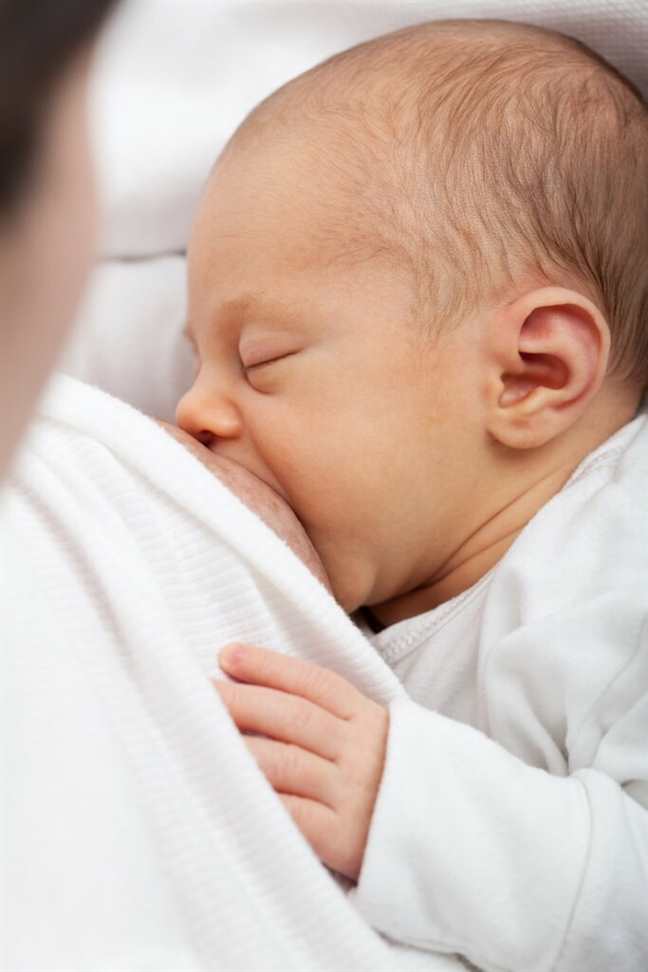
Advice for parents
Follow the baby’s schedule. Breastfeed whenever they want. Respond to their demands quickly, to avoid increasing their anxiousness and nervousness. Children aren’t manipulative, as we may believe. When they’re going through growth spurts, not even they understand what’s happening to them, they have no other way to express what they’re feeling and that’s why they’re using crying and grumbling. Give them your hug generously.
Don’t forget to take care of yourself. Eat healthy, drink fluids, and rest whenever you get the chance. Don’t hesitate to ask for help if you need it (for example, for house chores or for older children).
And remember, after every difficult storm… there’s always the rainbow. And your rainbow will make you excited with its new tricks and achievements.

* Follow @kids_lab.gr on Instagram for useful information on our children.

Αυτό το περιεχόμενο χορηγείται με άδεια Creative Commons Αναφορά Δημιουργού-Μη Εμπορική Χρήση-Όχι Παράγωγα Έργα 4.0 Διεθνές .
Το περιεχόμενο αυτού του blog αποτελεί πνευματική ιδιοκτησία της εταιρίας LITTLE HANDS BLW. Συνεπώς, ΑΠΑΓΟΡΕΥΕΤΑΙ κάθε αναδημοσίευση, αντιγραφή ή τροποποίηση του χωρίς την έγγραφη συγκατάθεση της εταιρίας. Εάν ενδιαφέρεστε για το περιεχόμενο του blog, μπορείτε να επικοινωνήσετε μαζί μας για να συζητήσουμε πως θα μπορούσαμε να συνεργαστούμε.







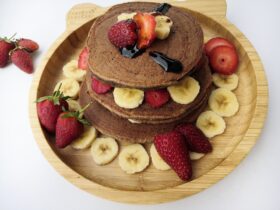


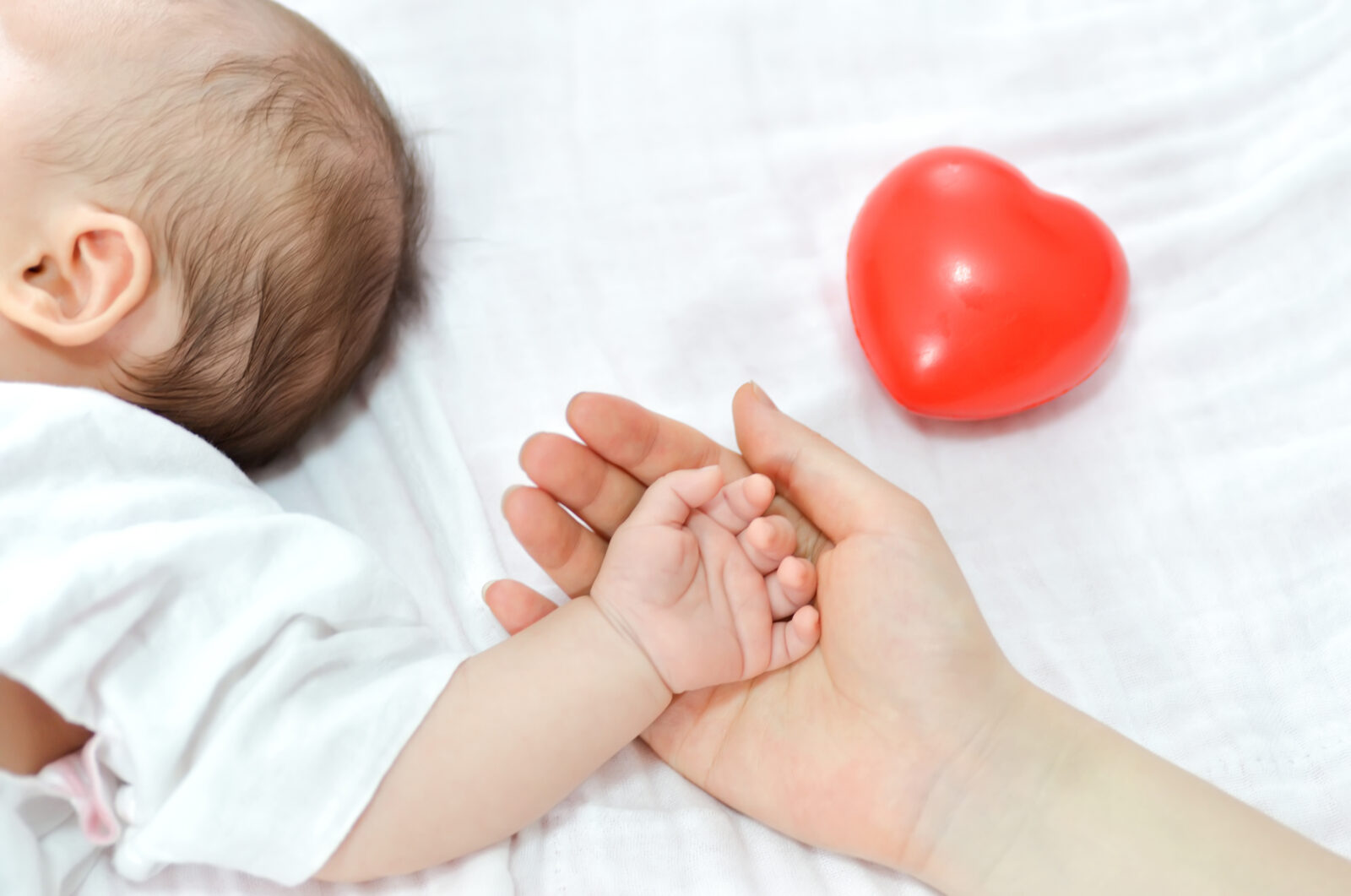



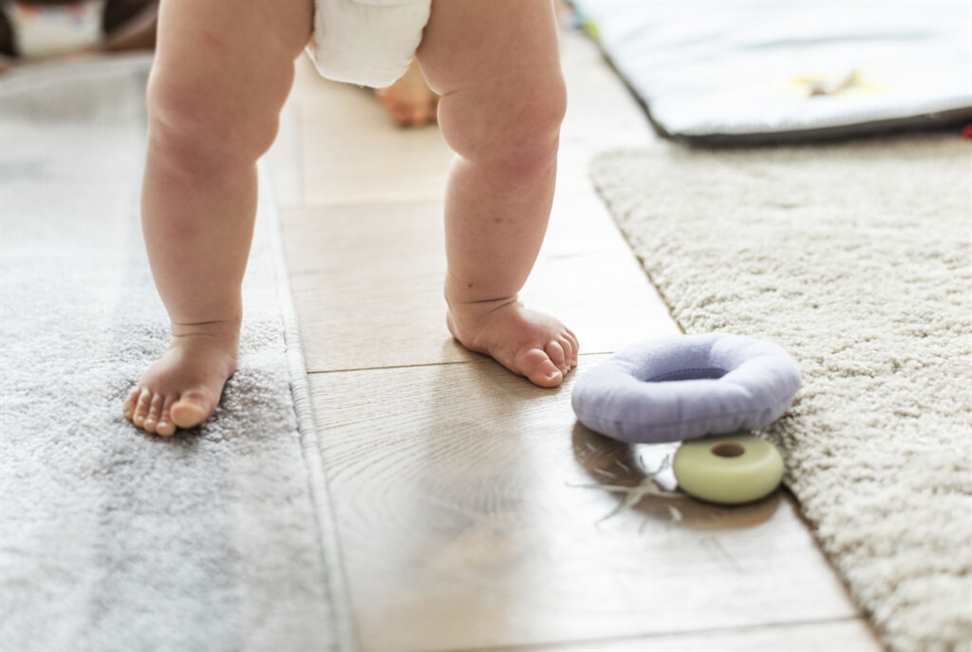
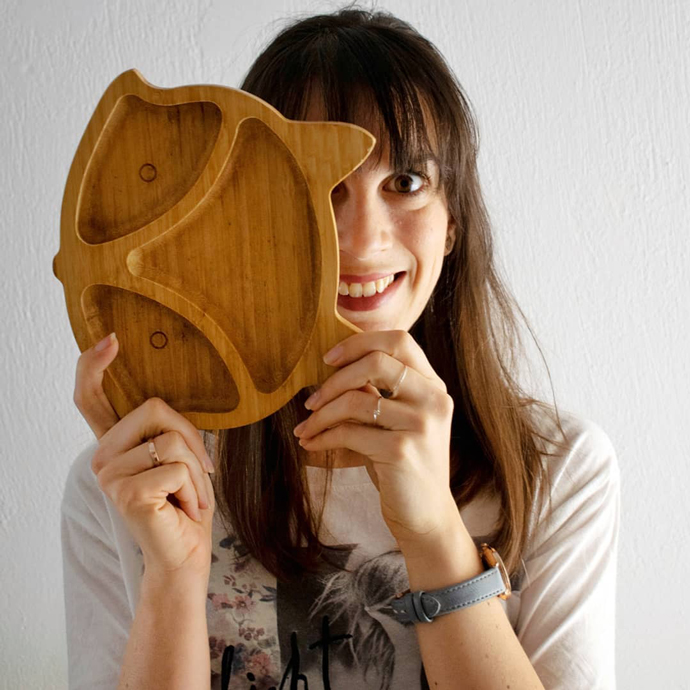

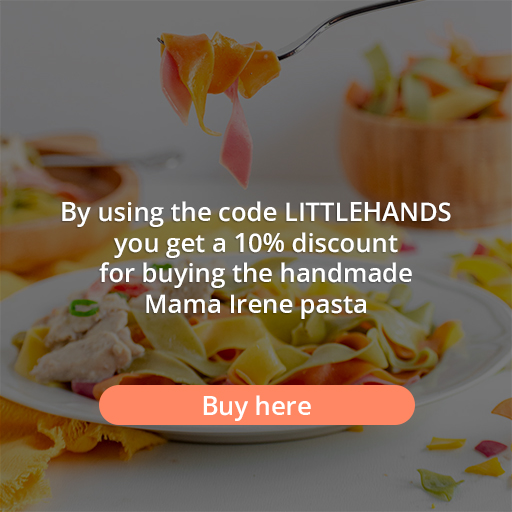




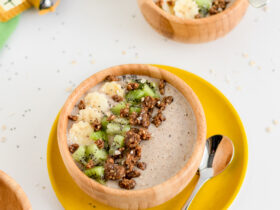

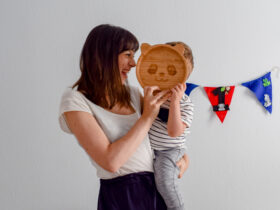





Leave a Reply